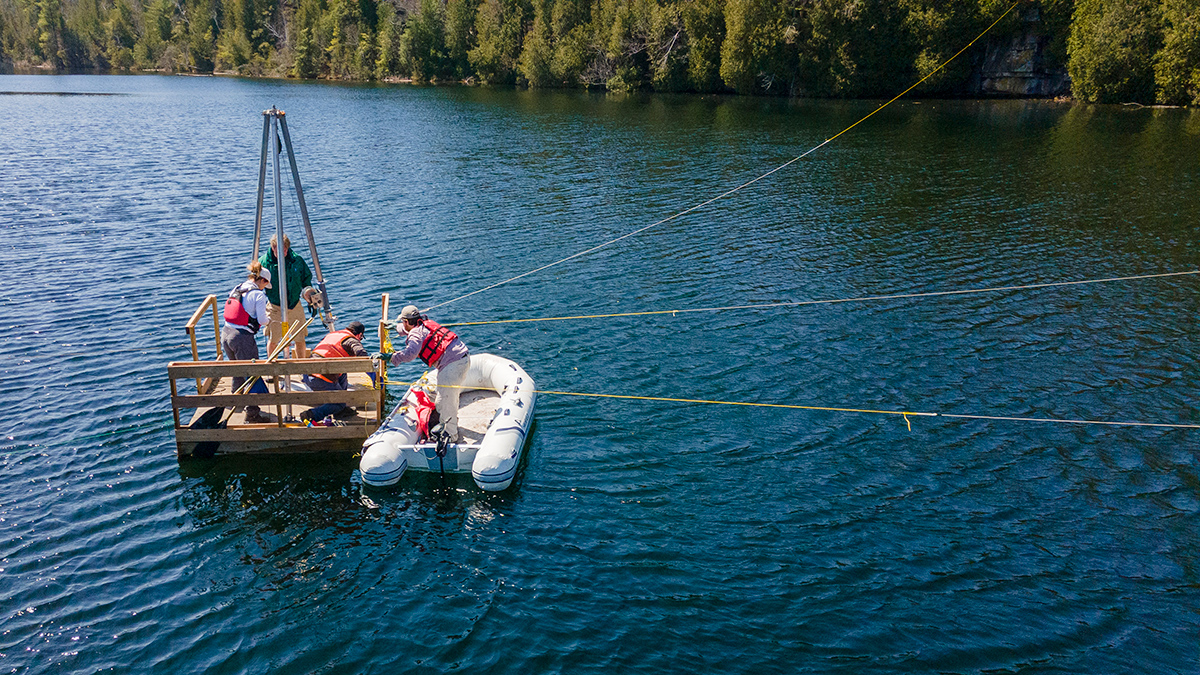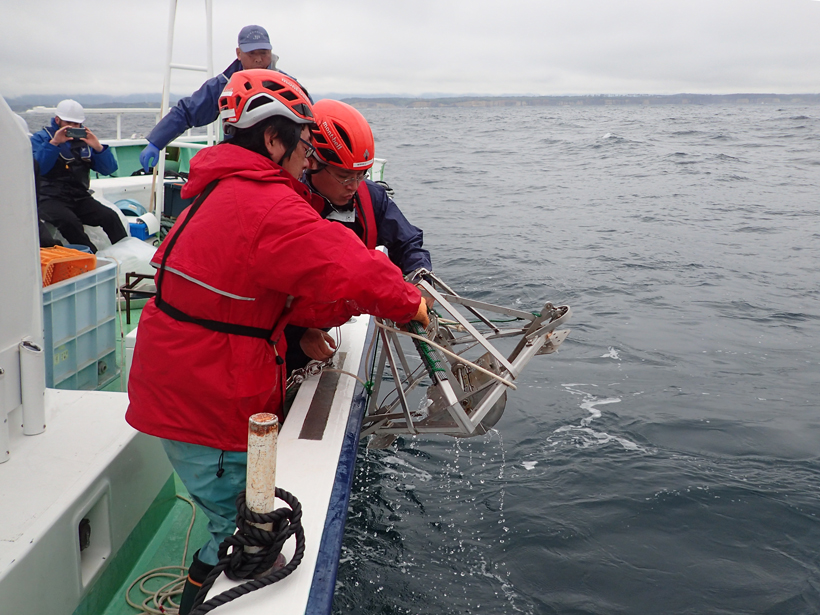Scientists recently voted to designate Crawford Lake, a small body of water in southern Canada, as the reference site of the “Age of Man.”
plutonium
Posted inNews
IAEA Affirms Japan’s Fukushima-Related Radioactivity Monitoring
Laboratories outside Japan have validated the results. Marine radioactivity levels from the nuclear disaster have fallen, but questions remain years after the meltdown.


